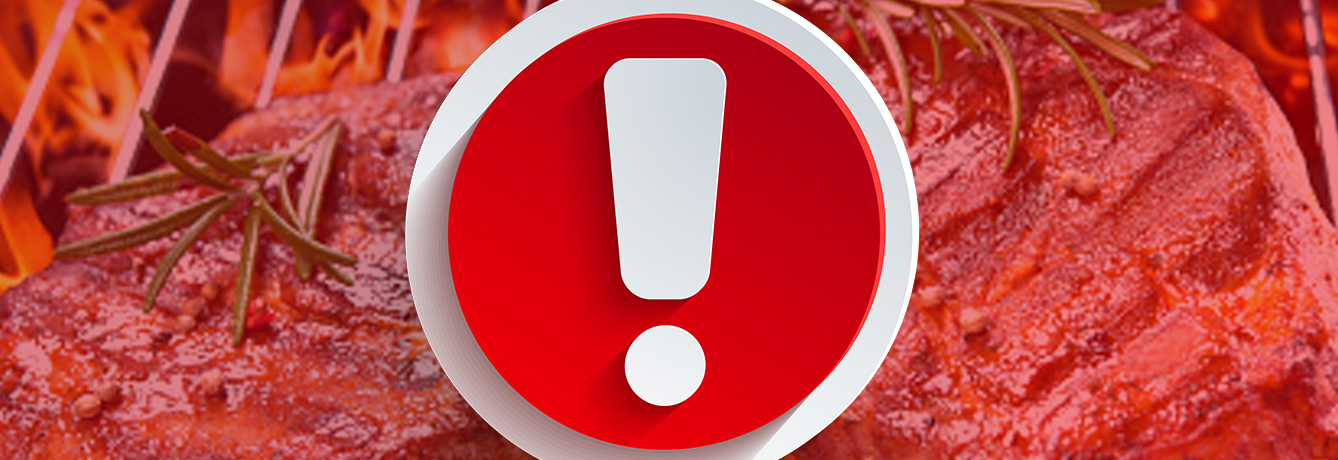As we launch into the season of backyard barbecues, we need to temper our carnivorous appetites with what we know about the health consequences of excess meat consumption. For example, earlier research found that consumers who ate the most processed meat were 67% more likely to develop pancreatic cancer. As little as one small hot dog or four pieces of bacon a day translates to up to a 38% increased risk of stomach cancer, another study found.
But on the flipside, red meats provide an easily bioavailable source of iron-dubbed “heme-iron”, which supports the formation of hemoglobin, a blood protein that carries oxygen from the lungs to the rest of the body. Moreover, certain components of red meat also help otherwise less bioavailable “non-heme iron” from plants become more easily absorbed by human body. Fifteen percent of pre-menopausal women fall short on iron while pregnant women and toddlers are also at high risk of deficiency, which may manifest in a lack of energy, difficulty in maintaining body temperature, and impaired immune response. Among pregnant women, iron deficiency may result in premature deliveries and low birth weights. A study from the University of Rochester confirmed a significantly higher prevalence of iron deficiency in obese children, demonstrating the link between nutrition deficiencies and obesity. So understandably many, women in particular, increased meat consumption in order to avoid anemia and its attendant health problems.
Yet, if you are turning to meat sources for higher iron content, be aware of new research which found a strong tie between heart disease and heme iron. The study from the Indiana University School of Public Health in Bloomington, looked at the connection between total iron consumption and heme and nonheme iron intake in 21 previous studies involving nearly 300,000 participants over about ten years. They found that heme iron consumption increased the risk for coronary heart disease by 57% — vs, no ill effect from nonheme iron, found in plant sources such as cooked spinach, green peas, dried figs, apricots, and beans (kidney, garbanzo and soy).
Heme iron in red meat is easily absorbed by the body. However, too much iron in the blood ultimately causes more damage in the arteries, the new analysis suggests. “Once absorbed, it may contribute as a catalyst in the oxidation of LDLs, causing tissue-damaging inflammation, which is a potential risk factor for coronary heart disease,” the researchers wrote in the journal article.
There are multiple ways for reducing red meat consumption in your diet:
- Swear off meat for one day per week for 15% less saturated fat in your diet
- Protect your heart with two 3-oz servings of fish a week — or try other non-meat sources such as clams.
Bonus: Increase your iron absorption 28% by including prebiotic fiber (e.g., bananas, leeks, onions, asparagus) in your diet. Another healthy way to up iron absorption is to add more foods rich in vitamin C (e.g., peaches, kiwis, broccoli, pineapple).
Published June 1, 2014



